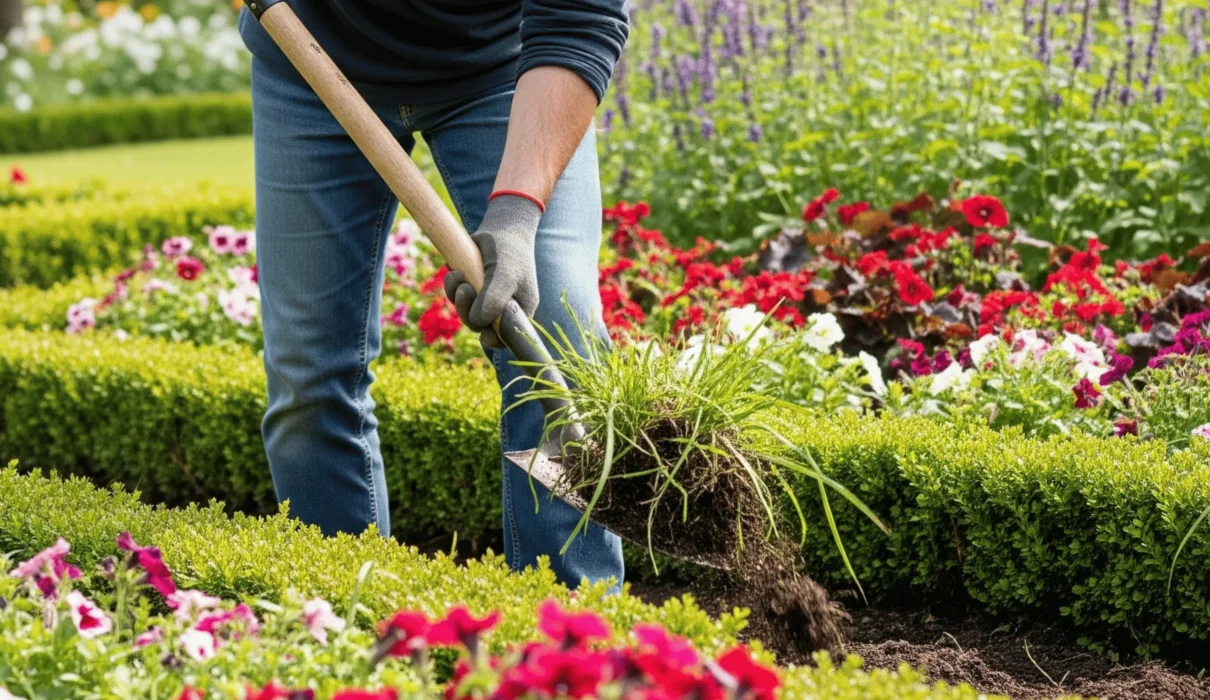Tired of spending hours watering your lawn, only to get zero benefits? What if you could turn that same space into a thriving vegetable garden instead?
Many homeowners waste precious water and time maintaining grass lawns that provide little return. Lawns often require fertilizers, pesticides, and constant upkeep, but don’t contribute to food production or ecosystem health.
In this guide, you’ll learn practical, chemical-free methods to remove or kill your lawn grass and transform your yard into a productive food garden — saving water, boosting biodiversity, and growing fresh food right outside your door.
Ready to ditch your lawn and start growing your own food? Let’s dive into the best ways to remove grass organically and create a garden you’ll love.
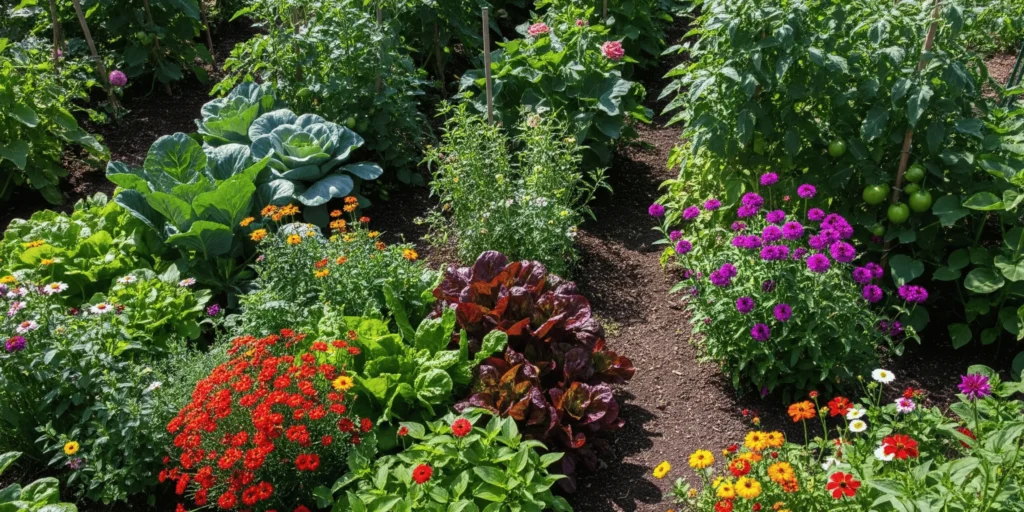
Why Remove Your Lawn?
Grass lawns consume huge amounts of water, fuel, and pesticides — often with almost no return. By replacing it with food-producing or native plants, you:
– Save water and reduce runoff
– Lower chemical use
– Build healthier soil
– Create habitat for pollinators and birds
– Grow your own fresh food at home
If you want inspiration to get started, check out our detailed DIY raised garden bed guide and see how simple it can be to grow food in your own backyard.
Should You Remove or Cover Your Grass?
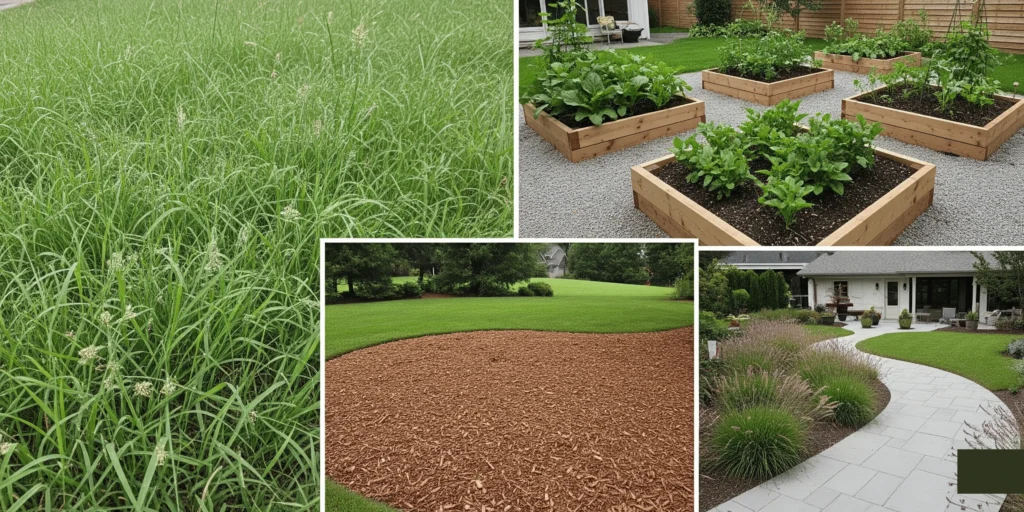
Before you begin, ask yourself:
– What type of grass do you have? (Is it creeping, like crabgrass, or clumping?)
– Will you be planting directly in the soil or using raised beds?
– Is your yard heavily infested with weeds?
– Do you want to keep some grass for pathways, or remove it all?
If you have aggressive grasses like crabgrass, full removal is the best option. For low-maintenance lawns, covering and smothering the grass with mulch can work well.
4 Organic Ways to Remove Grass
1. Manual Removal with a Shovel
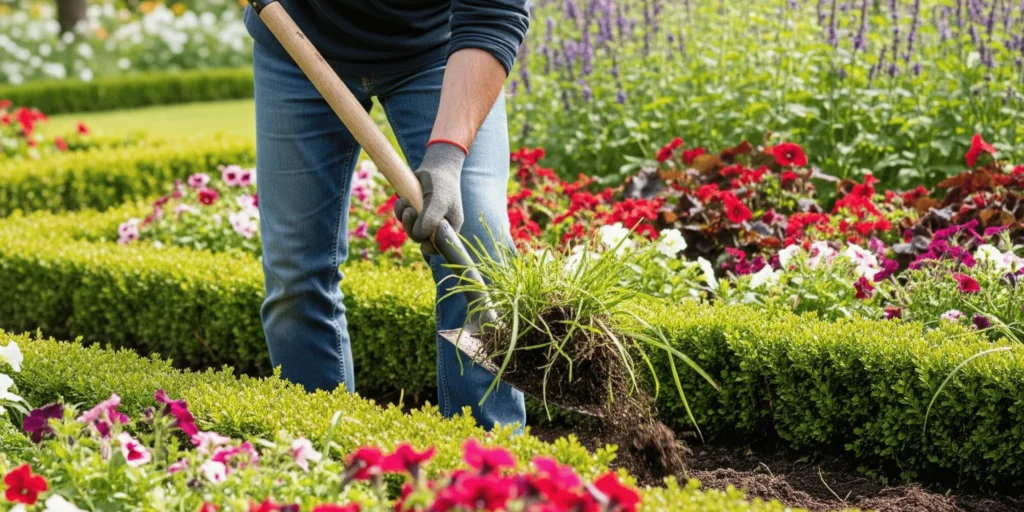
Perfect for small or oddly shaped areas. Use a flat shovel to cut and roll up sections of grass.
Pros:
– Cheap and immediate
– No special tools needed
Cons:
– Labor-intensive and time-consuming
Tip: Let the grass dry slightly before digging to avoid muddy or brittle messes.
2. Use a Sod Cutter
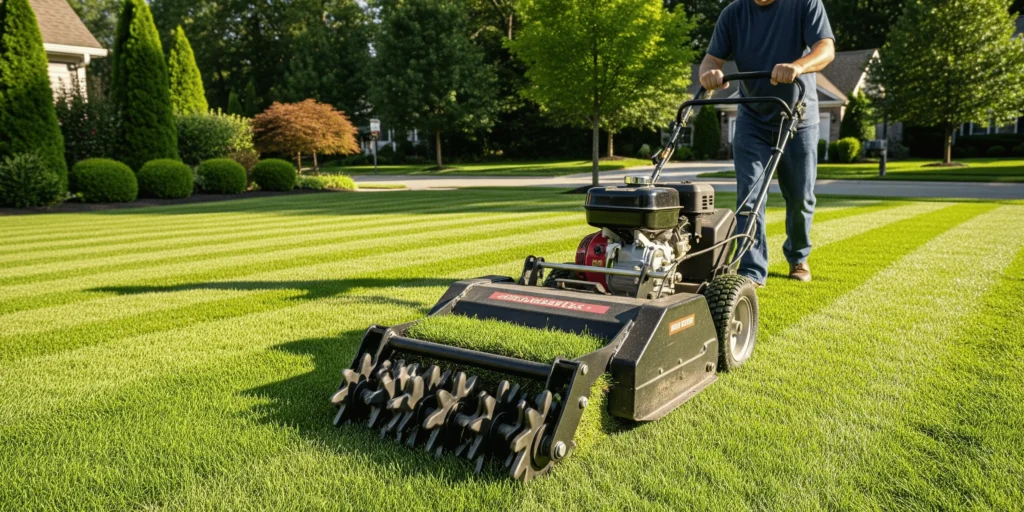
Ideal for large, flat areas. A sod cutter slices grass into strips you can roll up and remove.
Pros:
– Efficient for big jobs
– Great if you want to transplant sod
Cons:
– Equipment rental needed
– Still requires manual removal of sod
3. Tilling
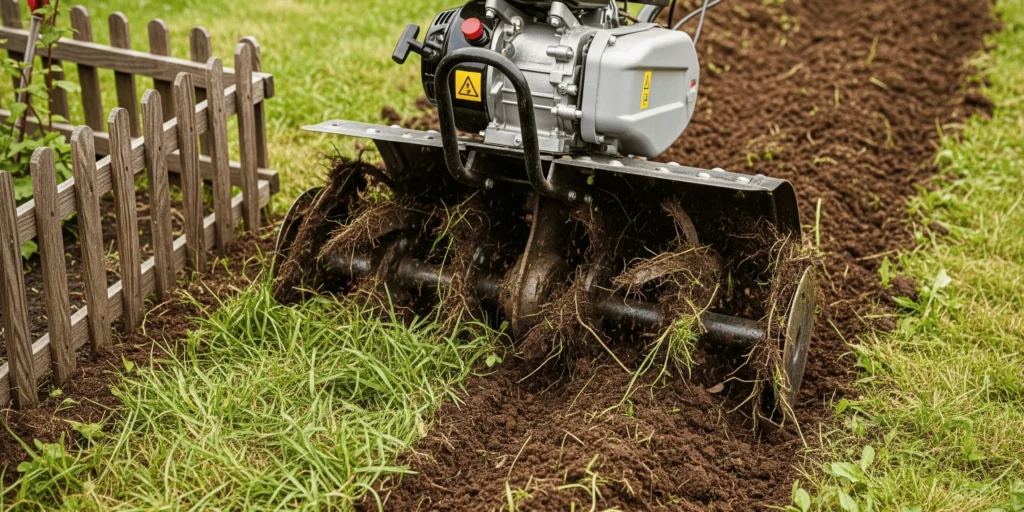
Rototilling chops grass into the soil and mixes organic matter, preparing the bed for planting.
Pros:
– Incorporates grass into soil
– Prepares soil for planting
Cons:
– Can bring weed seeds to the surface
– Disrupts soil ecosystems
4. Hire Help or Use Chickens
If the task is too big, hire a landscaper or let chickens naturally dig up grass over time.
Pros:
– Less physical work for you
– Chickens also fertilize the soil
Cons:
– Can be slower (chickens)
– Costs for professional help
Smothering Grass in Place
If you want to avoid digging, try sheet mulching or solarizing.
Sheet Mulching (Lasagna Method)

Layer cardboard or newspaper over grass, then add compost and mulch. This starves the grass of light and kills it over several months.
Use natural mulch and compost you can source easily.
Wet the layers to speed decomposition.
Start this in fall to let it work over winter.
Suggested Image:
Layers of cardboard covered with mulch in a garden
Solarizing
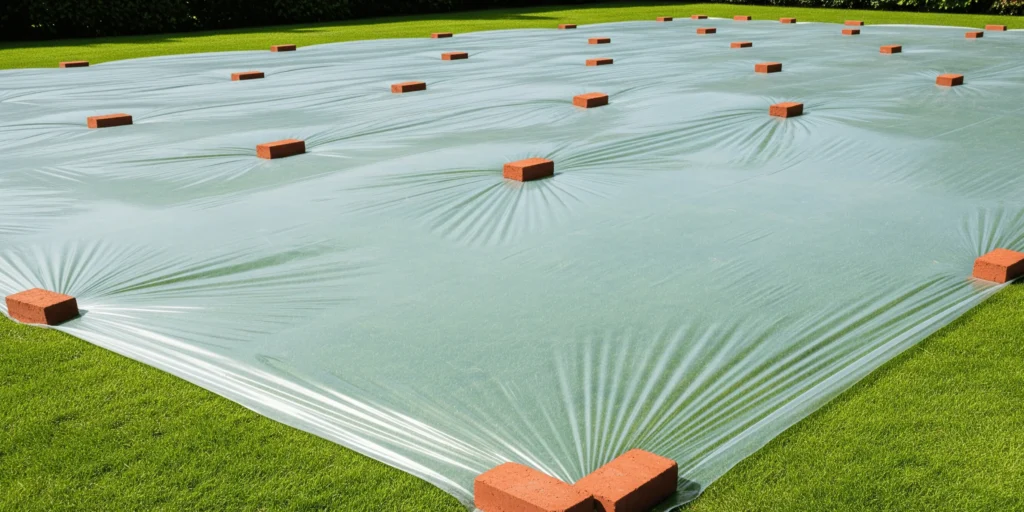
Cover grass with clear plastic during hot summer months. The trapped heat “cooks” the grass and soil, killing seeds, insects, and pathogens.
Steps:
– Cut grass short and water well.
– Cover with clear plastic, sealing edges tightly.
– Leave for 4–6 weeks.
Note: This method requires strong sunlight and can be less effective in cooler climates.
Ground Cover Options After Grass Removal
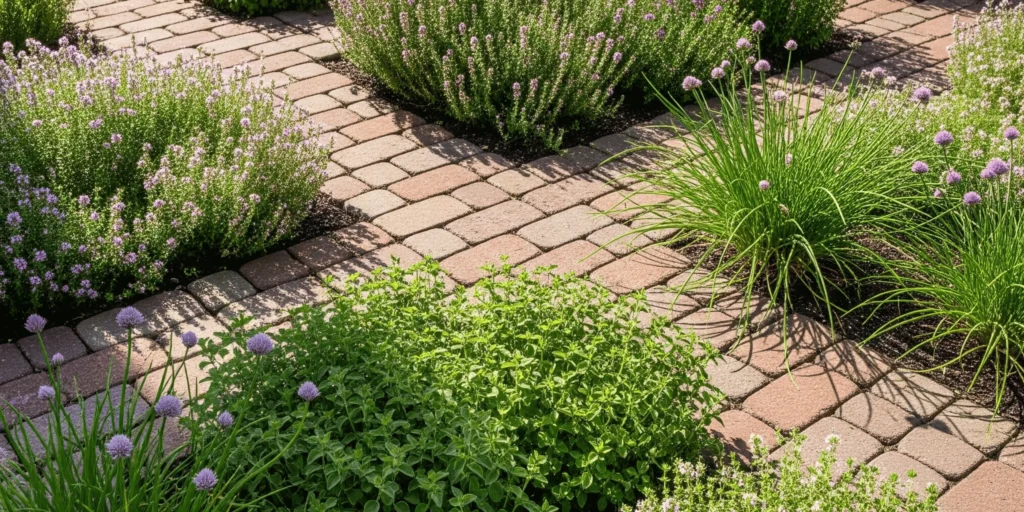
Once the grass is removed, cover the soil to prevent weeds and maintain moisture.
1. Weed Barrier Landscape Fabric
Great for weed-heavy areas under raised beds or garden paths.
2. Cardboard or Newspaper
Eco-friendly and breaks down naturally, perfect for less weedy spaces.
3. Mulch Only
Ideal for low-weed areas. Use wood chips, bark, straw, or gravel.
4. Living Ground Cover
Use herbs like creeping thyme, oregano, or rosemary for a green, edible carpet.
You can learn more about these options and how to choose them in detail from resources like Gardeners Path’s ground cover guide.
Don’t Forget the Borders!
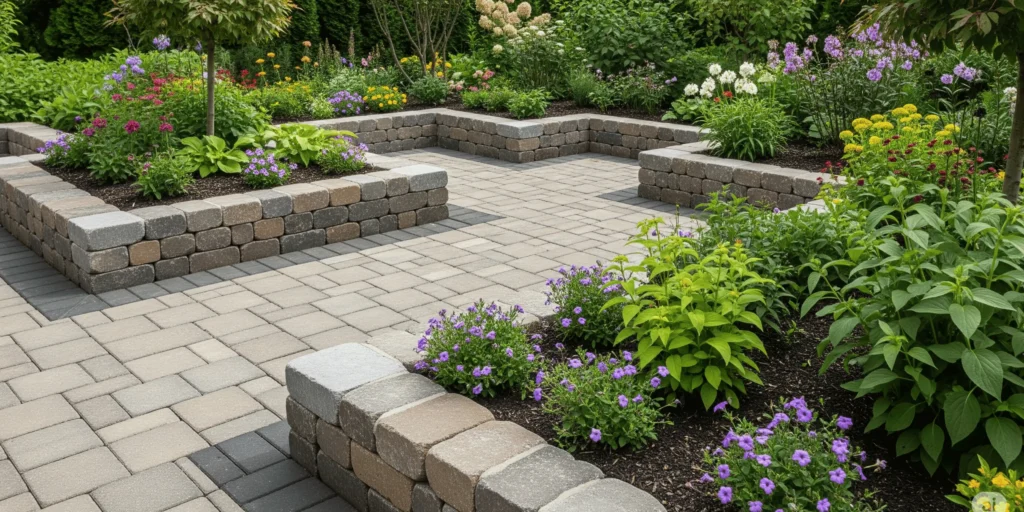
Add edging like stones, pavers, or terrace boards to separate planting zones from remaining lawn. This prevents grass from creeping back and adds a polished look.
For tips on building garden beds with irrigation and borders, visit our DIY raised garden bed guide.
Check out these articles to boost Your Garden Journey
- How to Freeze Carrots (With or Without Blanching)
- Preserving Garlic – Make Homemade Garlic Powder
- DIY Raised Garden Bed Step-by-Step Guide
- Preserving Apples – Make Apple Cider Vinegar
Final Thoughts
Replacing your lawn with a food garden isn’t just smart — it’s necessary. You’ll save water, improve your local ecosystem, and enjoy fresh food right outside your door.
Start small if needed. One bed. One strip of mulch. One change at a time. But start now.
Let the grass go — and grow something better.
FAQs
Q1: How long does it take to kill grass using sheet mulching?
A1: Sheet mulching usually takes 3 to 6 months depending on the thickness of the mulch layers and weather conditions.
Q2: Can I solarize my lawn in cooler climates?
A2: Solarizing is less effective in cooler climates because it requires strong, consistent sunlight to heat the soil sufficiently.
Q3: Is it better to remove grass manually or use a sod cutter?
A3: Manual removal is great for small areas or irregular shapes, while sod cutters are better for large, flat lawns.
Q4: What ground cover is best for pathways?
A4: Weed barrier landscape fabric topped with gravel or mulch works well for garden pathways.
Q5: Will chickens really help remove grass?
A5: Yes, chickens naturally dig and scratch the soil, helping remove grass and fertilizing the soil at the same time.


